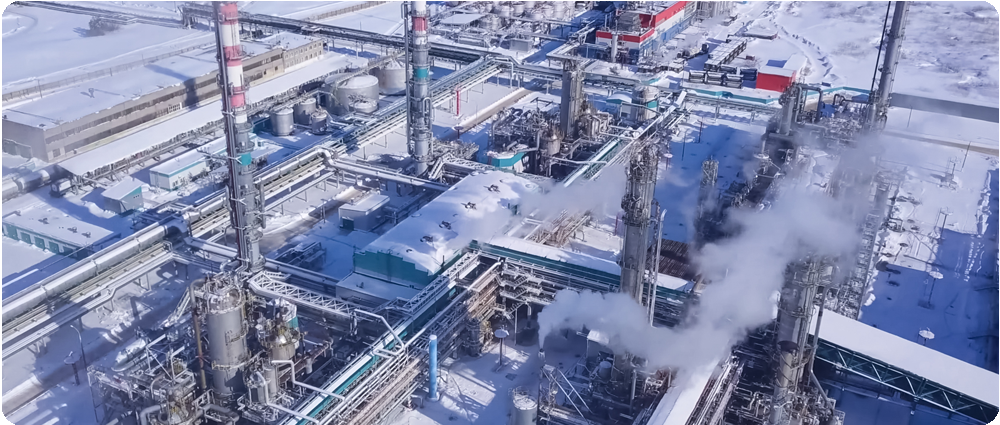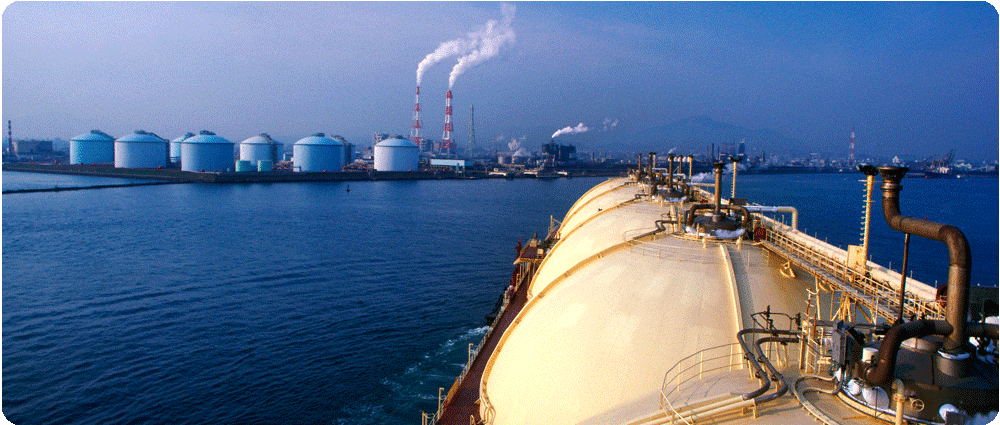How Do Supply and Demand Affect the Oil Industry?

It can be complicated and confusing to keep up to date with trends in supply and demand in the petroleum products industry. Suppliers in the market make decisions and change prices throughout the day. Quick reactions and adaptability will empower your company’s pricing optimization strategy.
DTN FastRacks® uses the most up-to-date and comprehensive industry data to determine fuel market advantages throughout the day and delivers actionable insights to improve margins and profits.
This article will review how supply and demand affect the oil and petroleum products industry and what data you need to fuel your operational intelligence for your purchases.
Factors that Impact Supply and Demand
Let’s outline some of the factors that will impact the supply and demand of petroleum products.
Economic conditions
Petroleum product sales are driven largely by product usage and preference. Petroleum usage varies depending on several factors, including population increase, economic growth, energy sources used to generate electricity, and the demand for petroleum-based goods.
Seasonality
Savvy fuel purchasers know that the cost of oil and gas changes throughout the year as the seasons change.
In the winter, petroleum is in high demand for use in home heating. When home heating oil supplies are low, demand drives up the cost of those products. Home heating oil prices drop in warmer temperatures as demand is lower. This demand cycle happens twice a year, mainly in the NE United States, as winter approaches and then recedes.
Fuel purchasers frequently plan ahead, knowing that these seasonal changes will happen each year. Organizing your budget and determining when to purchase petroleum is key to negotiating optimal pricing and continued prosperity for your company.
Consumption rates
Consumption rates also play a role in pricing petroleum products. Some industries consume more petroleum products than others, which will affect oil prices if this greater need cannot be met with the existing supply.

Weather Conditions
Weather conditions also significantly affect petroleum products. For example, extreme cold affects refinery machinery, and many refineries will slow operations in severe weather.
Natural disasters can impact the upstream and midstream markets, as they might delay or halt the drilling and transportation of crude oil. Naturally, this means petroleum prices will increase in the long run. However, stockpiled petroleum products can be consumed.
Tensions
Political tensions have at times been known to impact petroleum product pricing as well. Disputes over territory and resources have led to blockades of imports and exports of oil between countries or territories involved.

Shale Production vs. Conventional Oil
Fuel prices in the United States are usually source-dependent. For example, if fuel is supplied from shale productions, the price will differ from conventional overseas suppliers or offshore sources.
Shale oil, a type of tight oil found in sedimentary basins across the United States, began to be widely explored in the early 2010s and is still in use today. In fact, the U.S. Energy Information Administration (EIA) estimates that roughly 2.64 billion barrels (or 65% of its total crude oil production) were produced from tight oil resources. The Bakken shale formation in North Dakota and Montana is one of the most prolific tight oil sources in the world.
Shale oil production in the United States has seen a recent boom and has had the desired effect of decreased dependence on foreign oil.
Despite the apparent benefits of local oil production, extraction technology for shale sources is expensive and has a relatively short lifespan. Therefore, it makes the most business sense in the shale oil sector to shut down wells while world oil prices are low and start up again when prices rise.
Conventional oil is generally sourced from countries in the Middle East, Africa, and South America. Unfortunately, those regions are prone to conflict and political instability and have historically experienced frequent supply disruption. This fact has caused the price of conventional oil to be higher than shale oil during those times.
Low Elasticity in Oil and Gas
The term “elasticity” refers to how much the price of a product responds to changes in supply and demand. The oil and gas industry is a classic example of low elasticity, meaning that the supply and demand are not very responsive to changes in prices.
We are living proof of this principle. If you have a car and need to get somewhere, you will keep driving there. Even as gas prices rise, there is little change in your day-to-day habits. Your demand for oil does not change.
This undeniable truth means that oil prices must significantly increase to impact consumer behavior. Downstream products have lower profit margins because of the high cost of oil. Conversely, downstream industries can increase their profit margins when there are low oil prices or a bust for the oil industry.
Clearly, understanding changes in the oil market is crucial to fuel buyers getting the best price for their organization and taking advantage of market opportunities.

Determining Pricing for Petroleum Products
To make your purchasing choices of petroleum products intelligent and profitable, demand and supply is the first place you should look.
Understanding petroleum market reports is half of the work. This is where petroleum forecasters and analysis come into play. By having a firm grasp on the market, you’ll ensure that the price you pay is fair. In addition, you will be able to decide, with confidence, from which terminal you should be purchasing.
Making thoughtful decisions based upon the principles of operational intelligence is the future for all industries. However, to make the best choices for your business, you need the best data.
DTN Refined Fuels Demand gives you an unprecedented detail of actual demand data. Because we process over 85% of all refined fuels lifts in the United States, we are in a truly unique position to give you the operational intelligence you need for your business with customizable integration tailored to your company’s specific goals.
Learn how to optimize your fuel purchasing today with DTN Refined Fuels Demand.










 Comprehensive weather insights help safeguard your operations and drive confident decisions to make everyday mining operations as safe and efficient as possible.
Comprehensive weather insights help safeguard your operations and drive confident decisions to make everyday mining operations as safe and efficient as possible.

